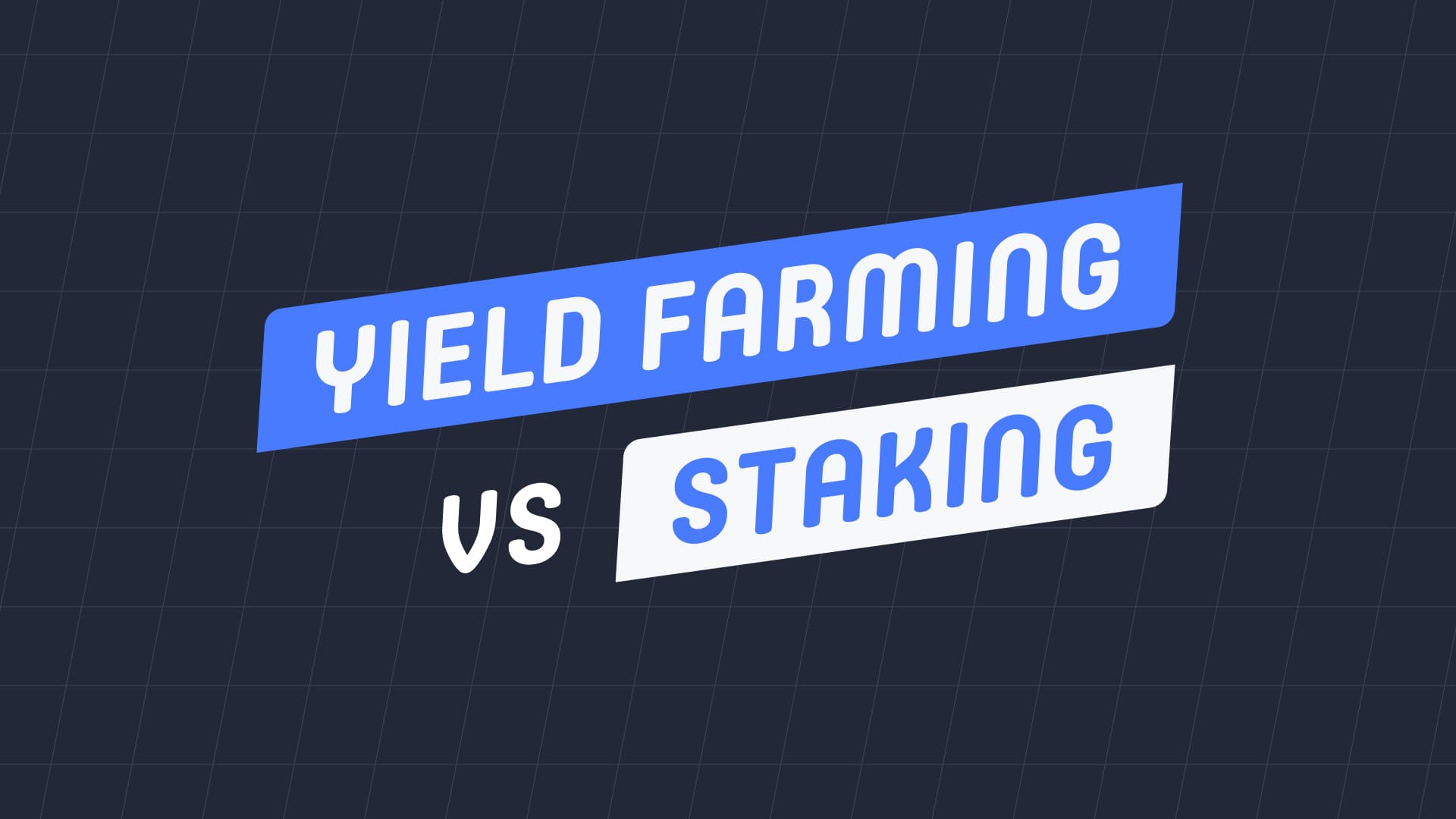Yield Farming and Staking are terms that are often confused by individuals new to crypto and DeFi. Even those who have been in the web3 space do not fully understand how either of them works. The reason is most likely because they are both forms of investment that involve making cryptocurrency deposits.

Despite their seeming similarities, these investments greatly differ in many ways. This article will break them down to the barest minimum to enable people to understand how they work. The aim is to enable everyone to make informed decisions when they decide to spend their funds. They will also understand which one applies to Tectum and SoftNote
Understanding the Differences Between Yield Farming and Staking
To better understand the differences between yield farming and staking, we have to examine them individually. Doing that will enable investors to identify the major points of these different investments.
What is Yield Farming
Yield farming is a form of investment whereby individuals lend their cryptocurrency into a liquidity pool of a DeFi protocol. In turn, the DeFi uses the liquidity provided to facilitate lending, borrowing, and trading. In turn, contributors earn a percentage of fees and other proceeds that their tokens are used for.
For a layman, you can see it as lending the bank your money under a contractual agreement. In turn, the bank can give out loans to people and undertake other investments on your behalf. According to the dictates of the legal bindings, the bank will share the proceeds with you.
What is Staking?
On the other hand, staking is the process of participating in transaction validation to support a blockchain network by committing some of your crypto assets. This practice is very common among proof of stake (PoS) protocols that do not mine their tokens.
As stated in the article on crypto software development, validators play a significant role in blockchain operations. In that same article, we explained how new blocks are added and the importance of nodes.
When people stake their cryptocurrencies, they provide the blockchain network with the necessary liquidity to set up a node. Meanwhile, these people do not have to deal with the complexities of setting up that node.
Look at it like you are investing in real estate and flipping houses. Instead of learning all the technicalities of buying and flipping houses, you simply entrust your funds to a real estate firm. They do all the flipping and guarantee you a steady rate of profit in return. While the actual process is more complex, this is basically the entire idea.
What are the Major Differences Between the Both of Them?
We could discuss all the technical and complex blockchain talk. However, this is not what people want to hear. As an investor, the major difference you want to know is how much you can earn from yield farming and staking. In this regard, we will discuss the differences between these investments in terms of ROI.
As outlined above, the most significant difference is that yield farming offers flexible returns. In addition, the profits are usually very high. The major downside is that it is also very risky as lending DeFi platforms can lose money to default borrowers.
On the other hand, the proceeds from staking are fixed. While users are guaranteed a steady return, the amount is typically smaller than yield farming. However, this is a safer form of investment, and people are not at any form of risk.
Which of Them Does Tectum Offer?
Well, this is the golden question. To answer this, Tectum offers a staking that anyone can join in. People can earn as much as 60% of the liquidity they provide. Interested persons can visit the website above to learn more.
In addition, Tectum offers something better than yield farming. People can provide liquidity to SoftNote Bills and earn a percentage from the agent fees. Unlike yield farming, this investment is risk-free, and people do not stand a chance of losing their funds.
In addition, you do not have to rely solely on your funds to add Bitcoin, Ethereum, or USDT to a SoftNote Bill. You can partner with your friends to “fuel” a SoftNote with liquidity. You will receive a percentage of the merchant fee every time someone uses your SoftNote for payment.
